For the past three years, China has risen to become the world's leading exporter of automobiles by volume, thanks to electric vehicles and a boom in the Russian market.
Car enthusiasts tend to fall into one of two camps: those who admire the power and speed of German automotive engineering; or those who believe Japanese cars are superior, highly reliable, and offer good value for money.
For decades, these two countries have vied for the title of the world's leading automobile exporter. But their dominance is coming to an end. Now, as the world's largest automaker, China is also on track to surpass its rivals in exports.
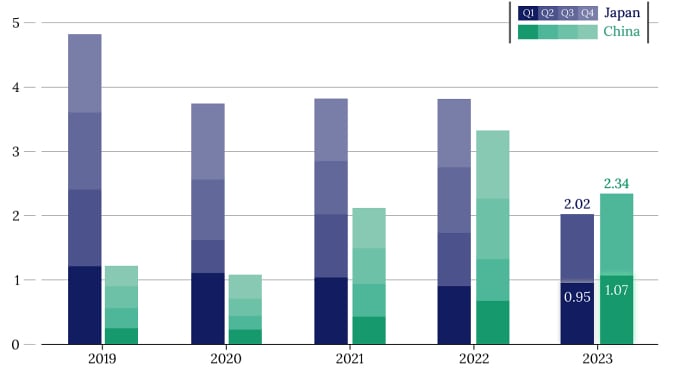
Japanese (blue) and Chinese (green) automobile export figures over the years. Unit: million units. Source: Caixin.
In the first half of 2023, China was the world's largest exporter of automobiles. From January to June, its export volume increased by 77.1% compared to the same period in 2022, reaching 2.34 million vehicles, according to data released by the General Administration of Customs of China. For comparison, Japan exported 2.02 million vehicles during the same period, an increase of 16.8%, according to data from the Japan Automobile Manufacturers Association.
Just a few years ago, China's efforts to expand into overseas markets were modest. In 2015, China exported fewer than 375,000 cars annually, less than India and equivalent to the combined monthly exports of Germany and Japan. But by around 2020, the situation had changed.
In 2021, China exported nearly 1.6 million cars. By 2022, they had sold 2.7 million vehicles abroad. International sales are expected to increase further this year. Customs data indicates that the country sold more than 10,000 foreign cars per day in the first half of 2023.
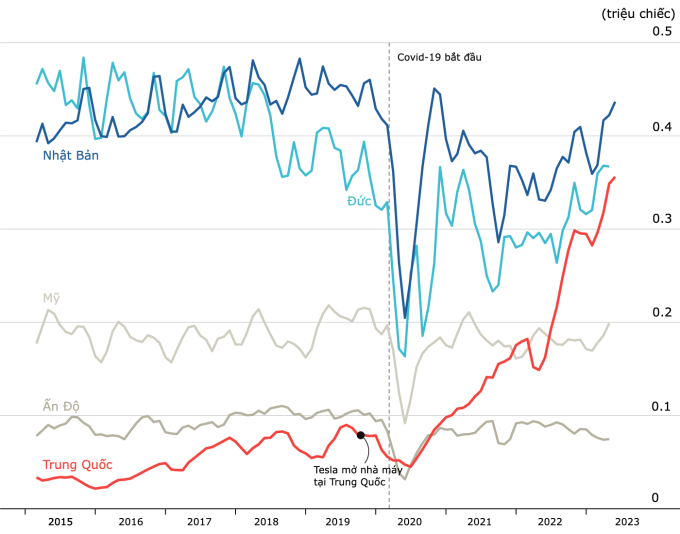
Car exports from various countries from 2015 to the present. Source: Economist
China's fledgling automotive industry primarily exports to poorer countries. But now, many Western consumers are buying Chinese-made cars for the first time. In the first half of 2023, exports to Australia tripled compared to the same period in 2022, reaching over 100,000 vehicles. Sales to Spain increased seventeenfold, to nearly 70,000 cars.
Some of these vehicles bear Western brands. Approximately 10% of exported cars in 2022 were from Tesla (USA). Along with that were MG cars, a British-Swedish brand acquired by a Chinese company. But the majority of the remaining exported cars were Chinese brands.
The reason for this country's strong export acceleration is its electric vehicle sector. Despite its manufacturing capabilities, China has never mastered the internal combustion engine, a type of engine with hundreds of moving parts and extremely difficult to assemble. But the emergence of battery-powered vehicles, which are simpler mechanically and easier to manufacture, has helped them catch up with the world, according to The Economist .
Government investment in electric vehicle technology, estimated at 676 billion yuan (US$100 billion) from 2009 to 2019, has propelled the country to a leading position. Today, battery-powered vehicles account for one-fifth of car sales in China and one-third of exports. In Japan and Germany, electric vehicles account for only 4% and 20% of exports, respectively.
According to a report by the China Association of Automobile Manufacturers (CAAM) at the end of July, all-electric vehicles had the highest production volume and growth rate among overseas export shipments. Cui Dongshu, Secretary-General of the China Passenger Car Association (CPCA), predicted that the "explosive" growth rate of electric vehicle exports could continue in the second half of the year due to strong demand in Europe.
The Ukraine conflict was a second catalyst boosting exports, particularly to Russia. With most Western automakers ceasing operations in Russia, their Chinese rivals quickly stepped in to capture market share. In the first half of 2023, Russia imported nearly 300,000 Chinese cars, worth $4.5 billion, a sixfold increase compared to 2022. In July, Chinese cars accounted for nearly 80% of the country's total car imports, according to the analytics firm Autostat.
Previously, the CAAM report also confirmed that Russia was the largest destination for Chinese cars in the first five months of 2023, followed by Mexico, Belgium, Australia, and the UK. However, Belgium was the country that received the most electric vehicles manufactured in China during that five-month period, followed by the UK, Thailand, and Spain, according to CAAM.
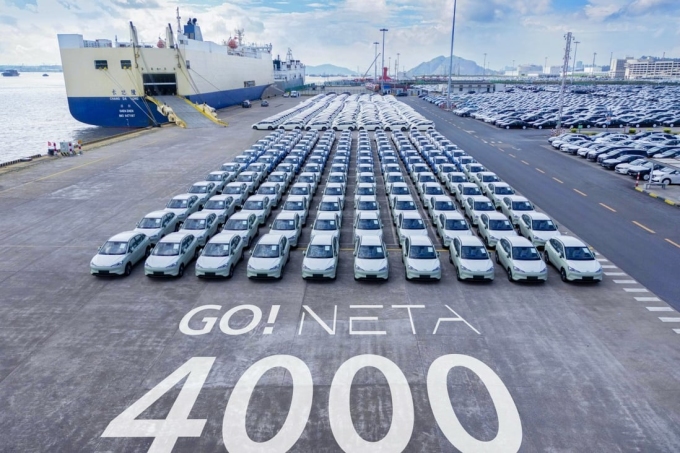
An export shipment from Hozon New Energy Automobile, an electric vehicle company. Photo: Neta
Chinese car exports are expected to continue growing. Caixin forecasts that China will remain the world's largest car exporter this year. Some analysts predict production will exceed 4 million units, with electric vehicles contributing around 35%. Cui Dongshu is even more optimistic, suggesting export production could reach 5 million units.
In the long term, consulting firm AlixPartners estimates that overseas sales of Chinese-branded vehicles could reach 9 million by 2030, double Japan's exports in 2022. While these domestic brands remain relatively unfamiliar in the West, these cars tend to be cheaper. On average, cars manufactured in China cost only about 40% of those manufactured in Germany. As a result, Chinese cars have become popular in emerging markets such as Brazil.
However, challenges remain for Chinese electric vehicles. While the country's electric car manufacturers may achieve high sales, very little profit is made. The industry is being sustained by state subsidies. Recently, after sales growth slowed, the subsidy package has been extended. However, subsidies may not last forever.
That's not to mention a number of legal hurdles. For example, the French government announced in May a plan to subsidize buyers of new electric vehicles manufactured in Europe, a move analysts believe aims to help the region's automotive industry counter the threat from cheaper Chinese electric vehicle imports.
Another major challenge comes from the US, where the Biden administration in August 2022 signed into law the Inflation Reduction Act, which includes a provision allowing buyers to receive tax breaks of up to $7,500 on electric vehicles assembled in North America.
While the global competition for electric vehicles is still in its early stages, Chinese automakers should avoid being overly optimistic about the future, according to Takaki Nakanishi, CEO of Japan-based research firm Nakanishi. He recommends that they focus on building a stable after-sales service network in overseas markets.
Phiên An ( according to The Economist, Caixin )
Source link








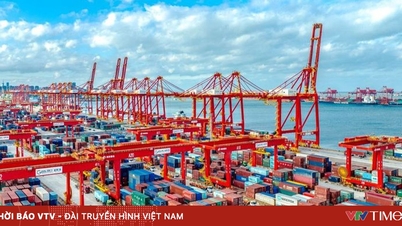

















































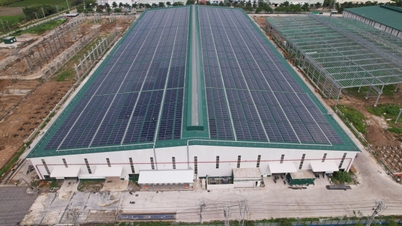











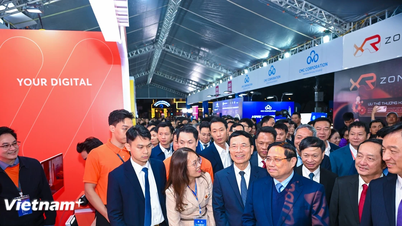














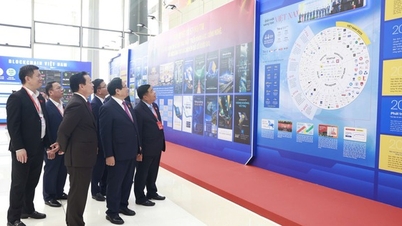























Comment (0)